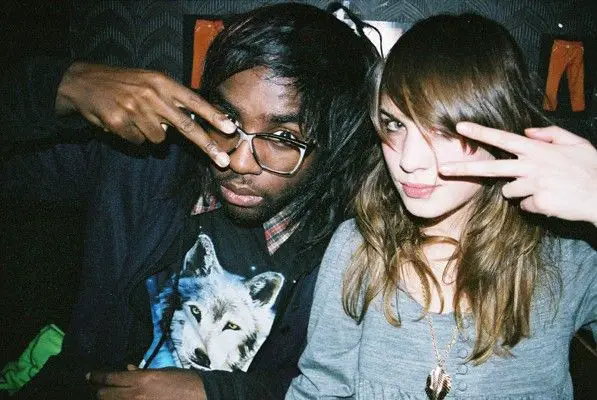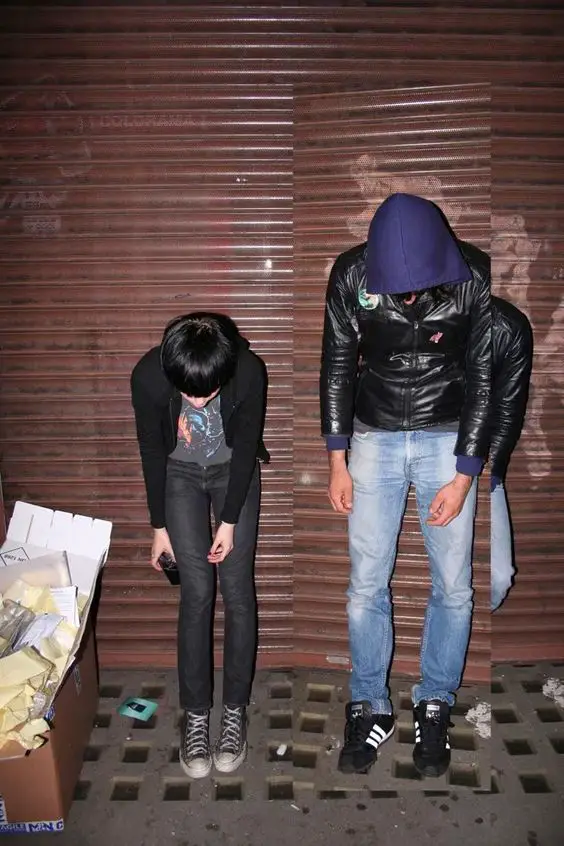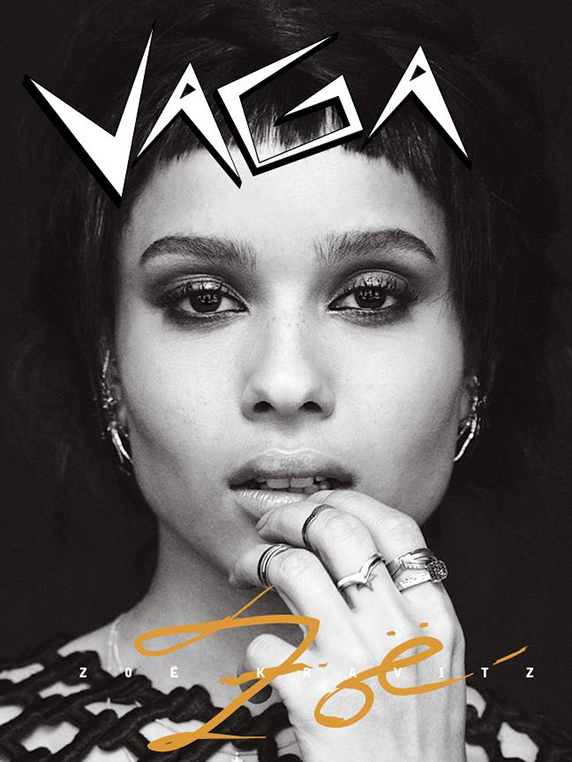The Indie Sleaze Resurgence: A Look into Early 2000s Culture
In the early 2000s, the indie sleaze trend emerged as a defining cultural and fashion movement, blending ’70s and ’80s electro-rock influences with a distinct aesthetic that stood in stark contrast to mainstream styles of the time. This movement was characterized by a raw, edgy look that included imprecise eyeliner, high-flash photography, and deliberately tousled hair, giving it a gritty authenticity.
Reminiscent of what one might see in vintage American Apparel ads or an Urban Outfitters catalog, indie sleaze was more than just a fashion statement—it was a lifestyle. Embraced by the youth of the era, it represented a rebellion against the polished, curated images that began to dominate with the rise of digital culture. The trend was both a callback to earlier decades and a harbinger of the fashion-forward, do-it-yourself ethos that would influence later styles.

Origins in the Early 2000s: The Indie Sleaze Scene
The indie sleaze scene of the early 2000s was not only shaped by its distinctive fashion but also heavily influenced by the music of the era. Bands like MGMT and Cut Copy were at the forefront, but they were part of a broader movement that included groups like The Strokes, Interpol, and The Yeah Yeah Yeahs. These bands pioneered a sound that fused electronic music with rock, contributing to an atmosphere that was both nostalgically retro and distinctly modern.

This period also saw the rise of Fotolog and other early social media sites, where young people shared snapshots of their daily lives and outfits, further fueling the indie sleaze aesthetic. These platforms were precursors to the later explosion of fashion blogging and played a crucial role in the dissemination of indie culture.

The Misshapes were a pivotal part of the indie sleaze subculture, adding to its vibrancy and eclectic nature. Based in New York City, this group of DJs and party promoters became well-known for their stylish, music-driven events that captured the essence of the indie sleaze scene. Their parties were famous for attracting a mix of artists, musicians, and fashion enthusiasts, all drawn together by a love for alternative, cutting-edge music and fashion.
The Misshapes contributed significantly to defining the look and sound of the era, blending punk, new wave, and electronic influences in a way that resonated deeply within the indie community. Their influence was not just local but also contributed to setting trends that spread across the broader indie and hipster scenes worldwide.
Key influencers and “It girls” like Cory Kennedy became icons of this scene. Their appearances on high-profile blogs and at music festivals set trends with their eclectic and often improvised outfits, combining vintage thrift finds with contemporary fashion in a way that defined the indie sleaze look. These style icons captured the public’s imagination, becoming the faces of a movement that was as much about attitude and artistic expression as it was about specific fashion choices.
The Role of Digital Media and Economic Influence
Platforms like Tumblr, MySpace, and blogs such as Hipster Runoff played a crucial role in spreading the indie sleaze aesthetic. These digital spaces allowed for the sharing of photos, music, and ideas, creating a community that was interconnected despite geographical distances.
However, the late 2000s economic downturn, often referred to as the Great Recession, marked a significant shift in fashion and consumer habits. The financial strain led to a more minimalist and restrained approach to fashion, with a shift towards sustainability and ethical consumption that seemed at odds with the earlier decadence of indie sleaze.

Several notable blogs from the early 2000s indie and hipster scene, similar to Hipster Runoff, have since ceased operations.
These blogs have shaped and reflected the tastes and styles of the indie and hipster scenes, particularly during the peak of the indie sleaze era.
- Hipster Runoff – A satirical and iconic blog focusing on indie music and culture. (Ceased operations)
- The Cobra Snake – Known for capturing the party scene through candid photography.
- Lookbook.nu – A community-driven street fashion site that’s less active but still accessible.
- The Sartorialist – Street style photography capturing fashion from streets around the world.
- Fashiontoast – A personal style blog by Rumi Neely, influential in the late 2000s.
- Face Hunter – Once a popular street fashion blog, now with limited updates.
- What Should We Call Me – A humorous blog using GIFs to comment on life situations. (No longer updated)
- Advanced Style – Focusing on fashion-forward older individuals, still active but with a specific niche focus.
- Refinery29 – While not a blog in the traditional sense, its early content catered significantly to indie and hipster cultures.
- Man Repeller – Founded by Leandra Medine, offered an offbeat look at fashion and lifestyle. (Ceased operations)
The Fall of American Apparel and Its Impact on Indie Sleaze
American Apparel was a cornerstone of indie sleaze fashion, known for its basic yet bold styles that embodied the hipster aesthetic of the 2000s. The brand’s decline began in the mid-2010s, largely due to financial mismanagement, controversies surrounding its founder, and a shift in consumer preferences towards more ethical and sustainable fashion choices.

As American Apparel struggled, the iconic look it helped popularize—characterized by leotards, skinny jeans, and neon prints—also began to fade. This decline mirrored the broader cultural shift away from the indie sleaze aesthetic, as mainstream fashion moved towards a cleaner, more polished look, influenced heavily by the rise of social media platforms like Instagram, which favored a more curated image. The fall of American Apparel marked a significant moment in the transition away from the raw, edgy fashion of indie sleaze to the more refined and commercial styles that dominate today’s fashion landscape.
The Impact of Facebook and Instagram on Indie Sleaze Culture
As the indie sleaze culture peaked in the early 2000s, social media platforms like Facebook and Instagram began to emerge and eventually reshape the landscape of personal expression and public visibility. These platforms introduced a new, highly polished aesthetic that contrasted sharply with the raw, unfiltered ethos of indie sleaze.

The rise of Facebook and Instagram brought about a culture of ‘flashy’ personal branding, where online personas became more curated and less spontaneous. The gritty, authentic vibe of indie sleaze, which celebrated imperfection and artistic chaos, struggled to maintain its relevance in a digital environment that favored glossier, more commercially appealing images.
This shift led to a gradual erosion of the indie sleaze aesthetic as users began to conform to mainstream standards of beauty and presentation to gain likes and followers. The spontaneous and rebellious spirit of indie sleaze was overshadowed by the growing pressure to present a flawless, marketable version of oneself, ultimately diluting the distinctiveness of the indie sleaze culture in the process.
Top 10 Bands of the Indie Sleaze Era: 2000s to 2010s
The early 2000s indie sleaze scene was a vibrant and influential period in music, characterized by a unique blend of rock, electronic, and indie pop sounds. This era saw the rise of bands that brought together eclectic styles and experimental sounds, creating a distinct musical atmosphere that resonated with the youth culture of the time. Here, we explore ten bands that were seminal in shaping the indie sleaze sound, contributing to a cultural movement that left a lasting impact on the music industry.
The indie sleaze scene of the 2000s to 2010s was marked by a distinctive fusion of rock, electronic, and indie pop that captured the essence of youth culture during this period. Here are ten bands that defined this era:
- MGMT – Known for their psychedelic music blending with modern indie rock.
- The Strokes – Often credited with reviving garage rock and influencing the indie scene.
- Yeah Yeah Yeahs – Known for their energetic performances and punk-influenced indie rock.
- LCD Soundsystem – A blend of dance music with punk rock elements.
- Tame Impala – Their psychedelic music has indie roots with a broad appeal.
- Vampire Weekend – Known for their unique mix of indie pop and rock with an intellectual bent.
- Crystal Castles – A Canadian electronic music group known for their chaotic live shows and lo-fi home productions.
- Grimes – Her work combines elements of synthpop, electronic, and indie.
- Cut Copy – An electronic music band from Australia with an indie twist.
- Hot Chip – An electronic music band from the UK known for blending synth-pop with indie influences.
These bands contributed significantly to the sounds and styles that characterized the indie sleaze music scene.
Modern Resurgence
Fast forward to 2023, and we see the resurgence of indie sleaze, but with new nuances. Today’s revival includes sleek bodysuits, vibrant statement jewelry, and retains the original’s messy hair and makeup ethos. This comeback isn’t merely a repetition of the past but a reinterpretation that blends old elements with new influences, reflecting the changes in societal attitudes towards fashion and self-expression.
Current day “It girls” and influencers have taken up the mantle, embodying the indie sleaze aesthetic with a contemporary flair. They navigate the fine line between nostalgia and modernity, often discussing themes of self-care and wellness alongside their fashion choices, showing how the culture around indie sleaze has evolved from its origins.
Cultural and Fashion Cycle
The revival of indie sleaze highlights the cyclical nature of fashion trends, where every generation rediscovers and reinterprets the styles of the past. It also reflects broader societal changes, including the impact of digital media on fashion and culture. As we continue to see the growth of platforms like Instagram and TikTok, the influence of these digital spaces on fashion trends is undeniable.
Indie sleaze’s return is a fascinating case study in how cultural phenomena are reborn, transformed, and adapted by new generations. It shows us how the past can inform the future, not just in fashion but in our cultural attitudes and behaviors. As this trend continues to develop, it will be interesting to see how it melds with ongoing cultural shifts and what new forms it might take.
In summary, the indie sleaze trend encapsulates a period of rich cultural exchange, reflecting both the spirit of its time and the timeless desire for individual expression through fashion. Its resurgence is a testament to the enduring appeal of this unique style and the ever-evolving nature of cultural trends.
Update (July 2025):
Netflix has just released Trainwreck: The Cult of American Apparel, a 54‑minute exposé that takes a raw look behind the brand’s glossy indie‑sleaze image. Directed by Sally Rose Griffiths and premiering July 1, it charts American Apparel’s explosive rise—and darker unraveling—under founder Dov Charney. Former employees recount a chaotic, sexually charged workplace—waking up to 36‑hour shifts, late‑night tirades, naked founder strolls through the office, “welcome packs” including sex toys, and a company‑house atmosphere likened to a “Playboy mansion for hipsters.”
Charney’s behavior—boldly sexual advertising, blurred personal-professional boundaries, and allegations of harassment—was both central to the brand’s appeal and ultimately its undoing. Fired in 2014, the company went bankrupt twice (2015, 2016), and under new ownership continues online, while its aesthetic lives on in Gen Z’s Depop resurrections. The documentary revisits how American Apparel defined the early‑aughts look—and what those reckless, edgy vibes really cost the people behind the scenes.





